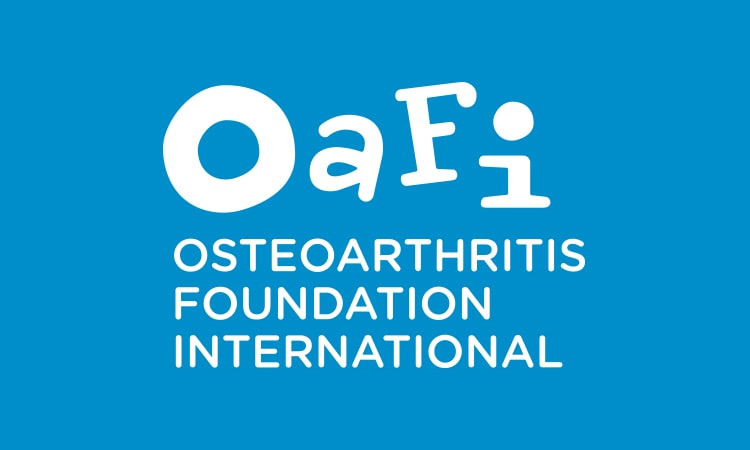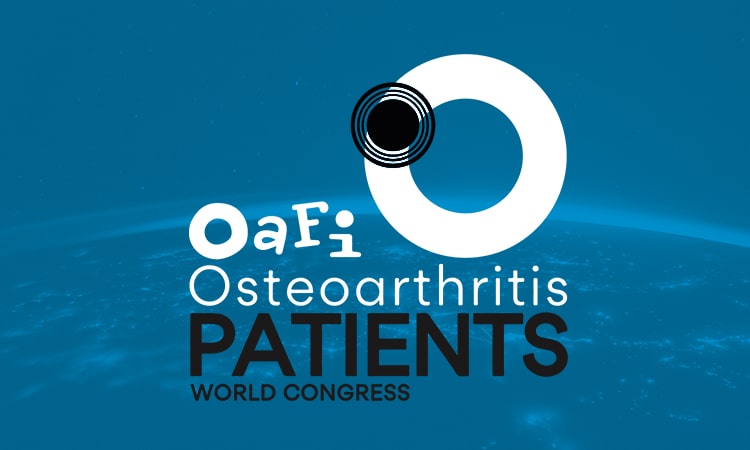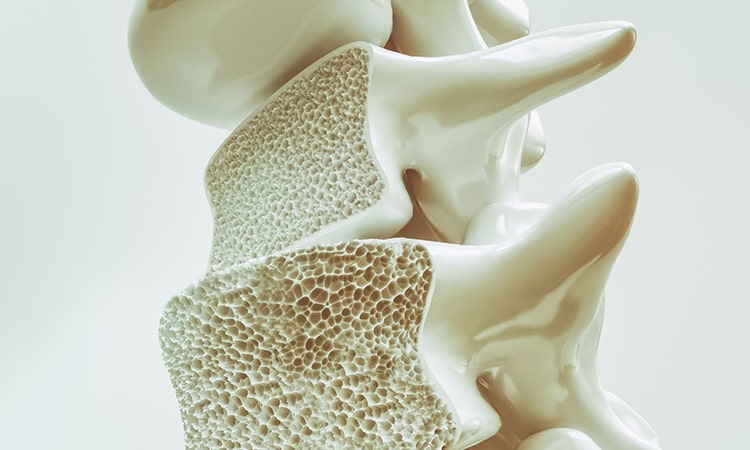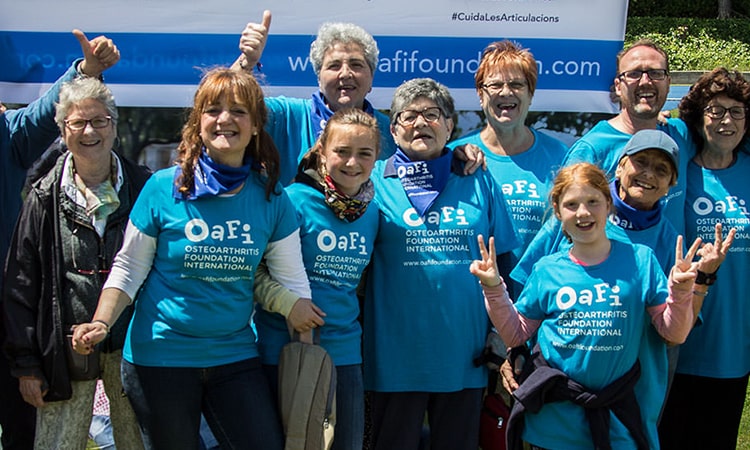- Foundation
- Actions
- Osteoarthritis
- Osteoporosis
- Actuality
- OAFI Radio/TV
- Get Involved
- Contact
-
-
-
OAFI
Osteoarthritis International FoundationC/ Tuset, 19 · 3º 2ª
08006 Barcelona
(+34) 931 594 015
info@oafifoundation.comSchedule:
Monday-Thursday 9AM-6PM
Friday 8AM-3PM
-
-
-

-

-

Smoking patient: Experience in quitting smoking

AUTHORS: José Luís Baquero Úbeda, Marina Baquero Zazo, Nina Martínez Fernández, Manel Santiñà Vila, Josep Vergés Milano y Josep Vilajoana i Celaya
Article published in New Medical Economics
Relationship with diseases
Life expectancy increases every year in Spain, both for men and women, with the average now above 80 years. In this context, 60% of people over the age of 65 suffer from at least one chronic illness, which means that most are patients with multiple conditions. Among these, osteoarticular diseases are highly prevalent, and in any case, the approach must be holistic.
Being a smoker seriously harms health, and there is no doubt about it. Numerous studies have shown its relationship with diseases such as cancer, metabolic disorders, and conditions affecting the respiratory, cardiovascular, digestive, urinary, and reproductive systems. According to the WHO, smoking causes the death of half of its users. It is also a risk factor for developing osteoporosis, increasing the risk of vertebral and hip fractures. Additionally, smokers with knee osteoarthritis experience greater cartil…
There is also a significant association between smoking and intervertebral disc degeneration. These conditions lead to disability, as they involve chronic pain that limits mobility. A significant increase in pain has been observed among female smokers, as well as a higher prevalence of lower back pain associated with smoking.
In the HABITA project, when analyzing smoking habits in patients with respiratory, vascular, and mental conditions, it was found that the percentage of smokers was similar to that of the healthy population.

“AFRONTAR (facing) the process of quitting smoking”
We all recognize the importance of preventing access to tobacco, but it is also essential to offer support to those who smoke and wish to quit. The WHO encourages governments to provide this support, but healthcare services tend to focus on prevention and nicotine dependence treatment, without a holistic view that considers the physical, emotional, and social dimensions of smokers.
For this reason, OAFI launched the project “FACING the process of quitting smoking”, based on the experience of patients with osteoarticular conditions, with the goal of improving their coping and self-care abilities throughout the quitting process.
Initially, a nominal group technique was applied—a structured method that helped identify four main barriers to quitting smoking:
– Physical: nicotine addiction
– Emotional: the pleasure derived from smoking
– Social: easy access to tobacco
– Work-related: pressure from smoking environments
In a second prospective phase, a study was conducted with samples of smokers and healthcare professionals, approved by the Research Ethics Committee of Madrid and endorsed by six scientific organizations. It evaluated the difficulty of quitting smoking, the perceived support from the National Health System, knowledge of tobacco-related harm, and the effectiveness of eight coping strategies. It also analyzed differences between users (patients or not) and professionals (doctors, nurses, pharmacists).
Key findings:
– Both users and professionals recognized a high difficulty in quitting smoking.
– Satisfaction with support from the NHS was moderate among professionals and low among users.
– Users showed high awareness of the harmful effects of tobacco, although professionals perceived that this awareness was lower, especially regarding harm to others.
– The main motivations for quitting smoking were: self-harm, pregnancy, breastfeeding, and living with children or elderly people.
– The most effective strategies against nicotine addiction were: proactivity, self-criticism, wishful thinking, and cognitive restructuring.
– Regarding the pleasure of smoking, the same strategies were considered effective.
– For easy access to tobacco and pressure from smoking environments, the same strategies were seen as useful, with social withdrawal added.
– Ignoring the problem was never considered an appropriate option.
In short, initiative and motivation must come from the individual, with an open attitude toward cognitive restructuring and the search for alternatives. It is essential to personalize strategies and support individuals throughout the process.
OAFI’s position is clear:
– Promote self-responsibility and self-care from an early age.
– If you don’t smoke, it’s best never to start.
– If you do smoke, try to quit.
– If the smoker cannot or does not want to quit, at least aim to reduce the harm.
At OAFI, we continue working to prevent, improve treatment, and enhance the quality of life for people with osteoarticular diseases, as well as to promote R&D&I and access to knowledge and health.
OAFI – Osteoarthritis Foundation International
C/ Tuset, 19, 3º 2ª – Barcelona
📞 0034) 931 594 015
📧 info@oafifoundation.com
🌐 https://www.oafifoundation.com
AUTHORS: José Luís Baquero Úbeda, Marina Baquero Zazo, Nina Martínez Fernández, Manel Santiñà Vila, Josep Vergés Milano y Josep Vilajoana i Celaya
Article published in New Medical Economics



























